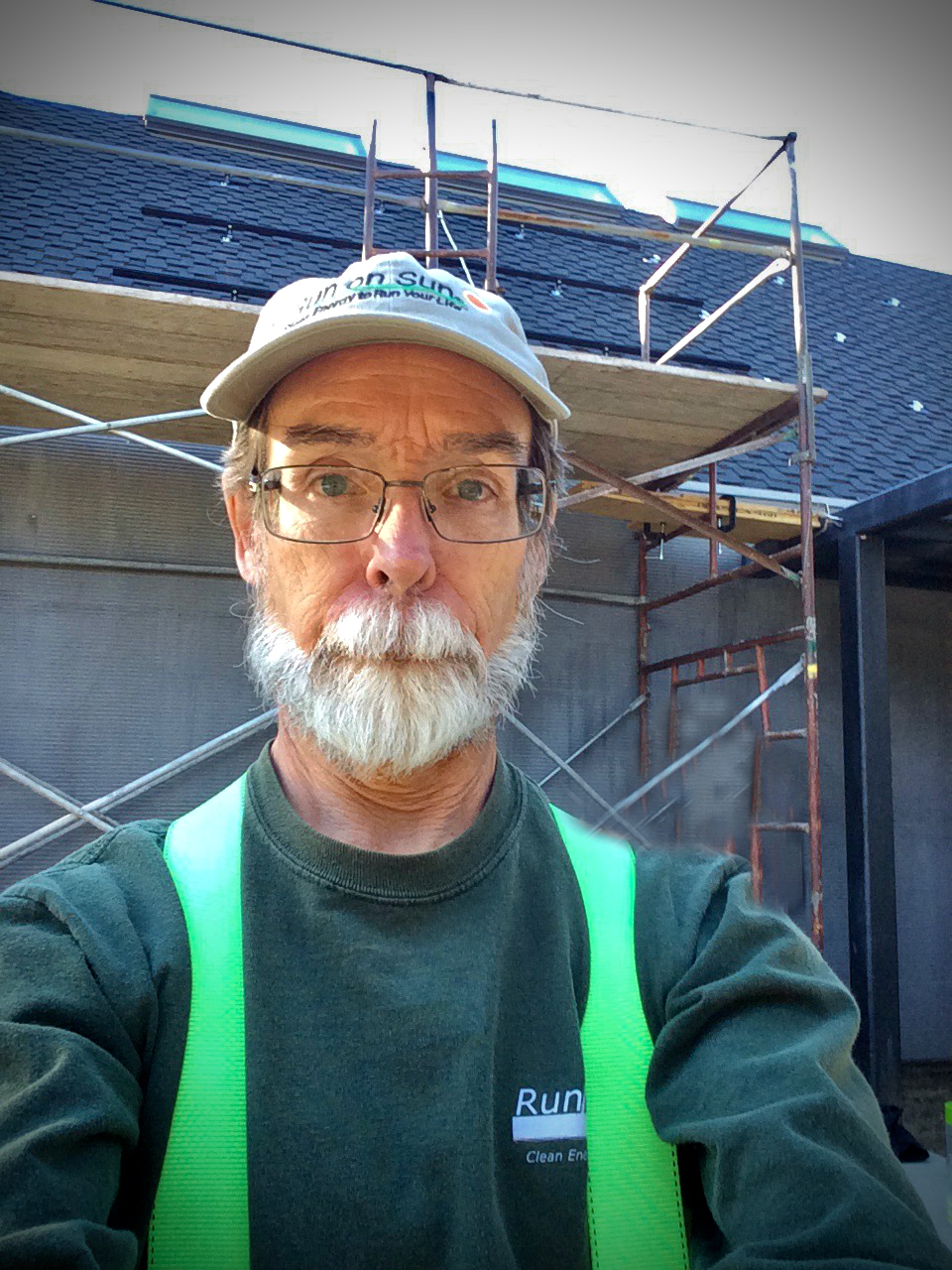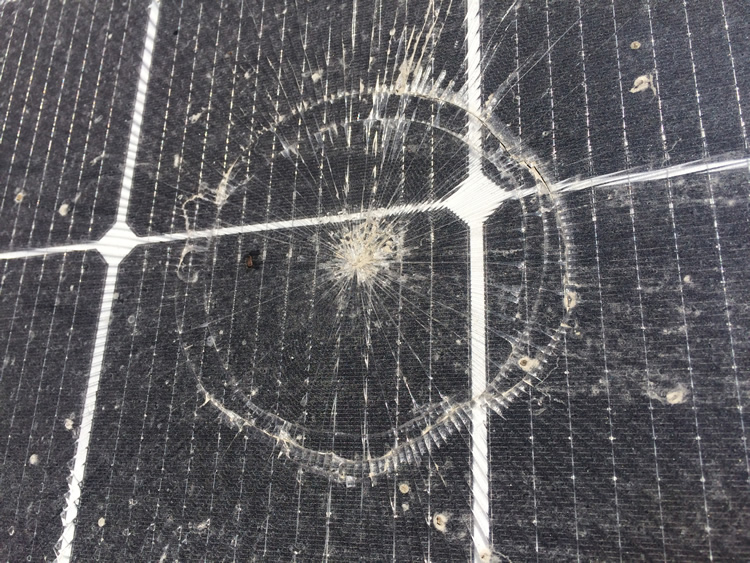Welcome to the
Run on Sun Monthly Newsletter

In this Issue: |
October, 2019
Volume: 10 Issue: 10
Jim Jenal for CALSSA Board!
So why run for the Board?I think my experiences uniquely qualify me to speak on behalf of long-tail installers - the little guys who work so hard, and so honestly every day because they believe so passionately in what they are doing. I understand that our resources are always stretched too thin, and that challenge is compounded by the difficulties of dealing with disparate demands from local AHJs (to say nothing of individual inspectors), overly bureaucratic rebate programs that were designed for large companies that can allocate an army of lawyers to navigate their arbitrary requirements, a workers compensation system that is baffling at best and punitive at worst -- the list goes on. Yet we are out there, every day, trying to make the world a better place, one roof at a time. But sadly, there aren't enough small installers in CALSSA. I would like to increase their numbers with a “First Year Free” membership program so that smaller companies can see the value provided by the great work of the dedicated CALSSA staff. I would advocate for stronger consumer protections, but in a manner that does not portray solar installers as predators, as the CPUC’s current program does. The small installers I know are hard-working folks who truly believe in the value of this wonderful industry. They deserve to be acknowledged as such. Finally, I would like to work to reform the SGIP program, so that installing a 10 kWh storage system takes more time than filling out the required rebate paperwork. I hope you will support me with your vote. (Voting began yesterday, October 30th, and continues through November 6th, with winners to be announced on November 8th. Only member companies in good standing are eligible to vote.) Endorsements (partial list, organizations for identification purposes only) JD Dillon, Vice President of Marketing and Pricing, Enphase Energy Ross Gerard, Director of Sales, North America, Everest Solar Systems LLC Kendra Hubbard, Strategic Account Manager, UNIRAC Inc. Adam Gerza, COO, Energy Toolbase Yann Brandt, Quickmount PV Tor "Solar Fred" Valenza, Founder of UnThink Solar Marketing and Communications Tom Cheyney, Content and Market Intel Lead, Renewables Practice, Kiterocket
|
“I hope you will support me with your vote…”
Get your copy of
Commercial Solar:
Step-by-Step
from
Run on Sun
Founder & CEO
Jim Jenal

Now available on Amazon.com
in both
Print & Kindle versions.
Commercial Solar:
Step-by-Step
from Run on Sun
Founder & CEO
Jim Jenal

Now available on Amazon.com
in both Print & Kindle versions.
Help Us Spread the News!


The Solar Fire that Wasn't!
Yikes! But the other day we were doing a maintenance check on a small commercial system that we installed a few years ago. While we were installing a software update we did a visual inspection of the array and came across this - a totally shattered panel! So what happened here? Turns out that the company that owns the system had a mishap, and a brass valve fell on the panel from about 100' in the air - yep, that will do it! But more importantly was what didn't happen - there was no fire. This was during the middle of the day, and the system was operating at full capacity, yet despite being entirely shattered by the blow, there was no fire because this was not part of a high voltage string. Rather, this was part of an Enphase microinverter system, so the total DC voltage was only 40 volts. At that low a voltage there is no arc, and with no arc, there is no fire! We have heard people say that string inverters are the way to go with commercial systems because they are so much cheaper. To which we reply - really? How much does it cost to repair the damage from a fire like those that Walmart has experienced? Moreover, with a string inverter system, finding faults before they become a hazard is much harder than it is with an Enphase microinverter system. The Enphase monitoring tells you where the problem is so you can fix it with minimal impact on your operations. Bottom line: beware of false economies. Spending a little more to have a safer system is just smart business. That's one of the many reasons that we are exclusively an Enphase shop - simply safer solar! |
Speaking of Fires!As I write this, it seems that much of California is burning, with major fires burning in both Northern and Southern California. Thousands of people have been subject to mandatory evacuation orders, and millions -- that's right millions -- of people have been without power as the investor owned utilities, PG&E and SCE shut off power in an attempt to prevent further fires. Unfortunately, this appears to be the new normal, as climate change comes face to face with years of wanton neglect. As fire season expands to nearly all year, the failure on the part of these utilities to properly maintain their transmission and distribution systems is creating an untenable situation for customers up and down the state. Fortunately, we are about to be able to offer a solution - not to the fires, but to these electrical shortages that have been plaguing so many in our service area. Starting in the spring we will begin installing the Enphase Ensemble storage system that will allow our clients to form their own microgrid when the utility shuts off power. Those clients will be able to keep their lights on, power their refrigerator, and continue to live their lives. Starting in November we will start publishing detailed information about the Ensemble system, how it needs to be configured at your home, and even some information about pricing! We have been waiting for this day for a long time, and we are eager for it to finally become a reality. If you are interested in learning if this system can work for you, shoot us an email, or give us a call. The wait is nearly over! Watch this space! |



